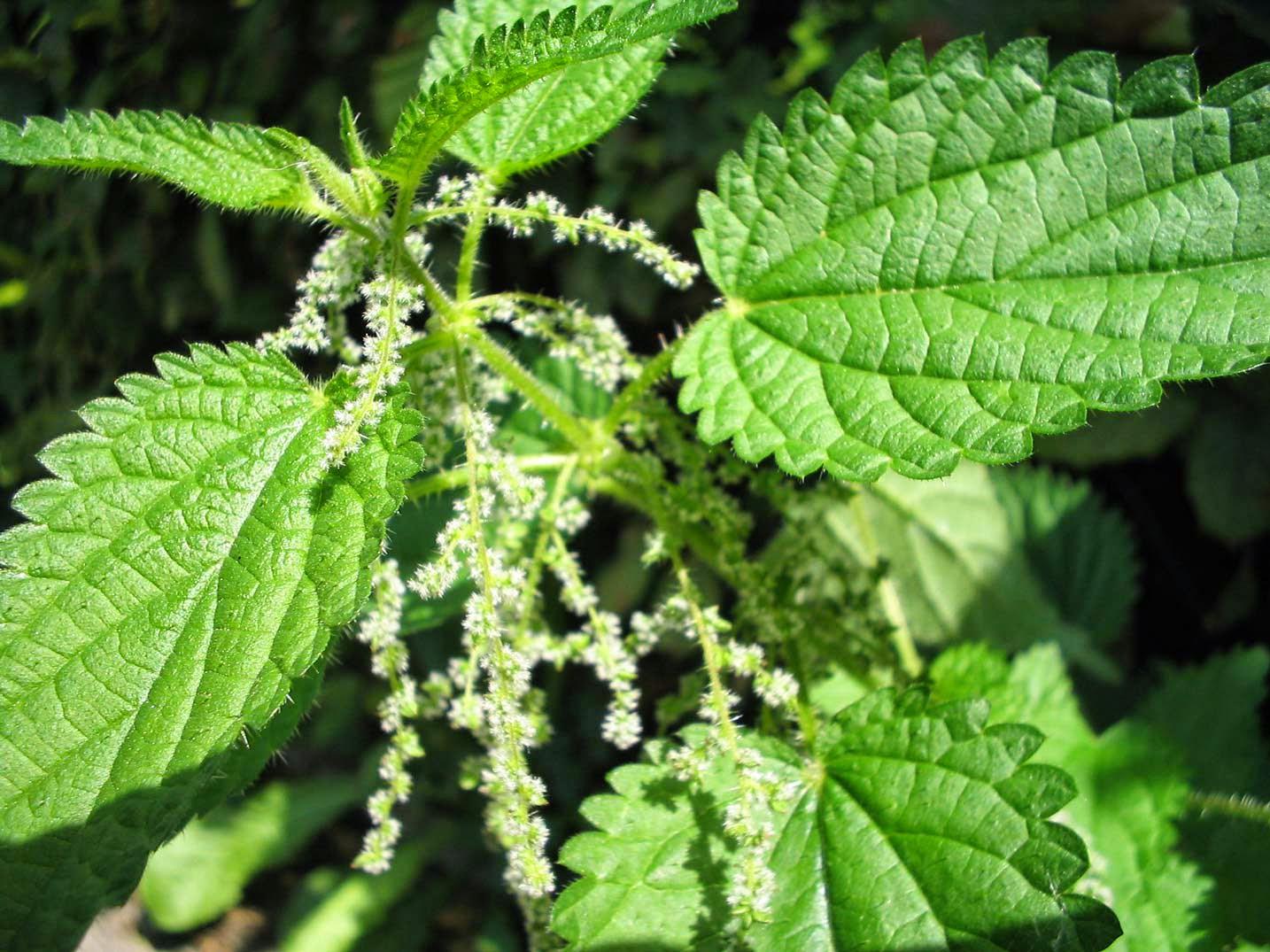Stinging Nettle is one of many commonplace plants which are both good for the wildlife garden, and serve as a food & medicine. They are therefore doubly  welcome in a permaculture design.
welcome in a permaculture design.
Nettle tea has been used as a medicinal herb for centuries in Europe. An easily made green tea from fresh or dried leaves, nettle tea has plenty of antioxidants and other metabolites that bring benefits to every system in the body. For two weeks in spring while the nettles are young and tender, a cup of nettle tea each day serves as a spring tonic. Vitamins, lutein, lycopene and iron in nettle tea are restorative to the system. Herbalists refer to nettle as an adaptogen, alterative, depurient, or a blood purifier, and it had found a place in many useful formulas, including more recently for hayfever.
Image: Wikipedia Commons